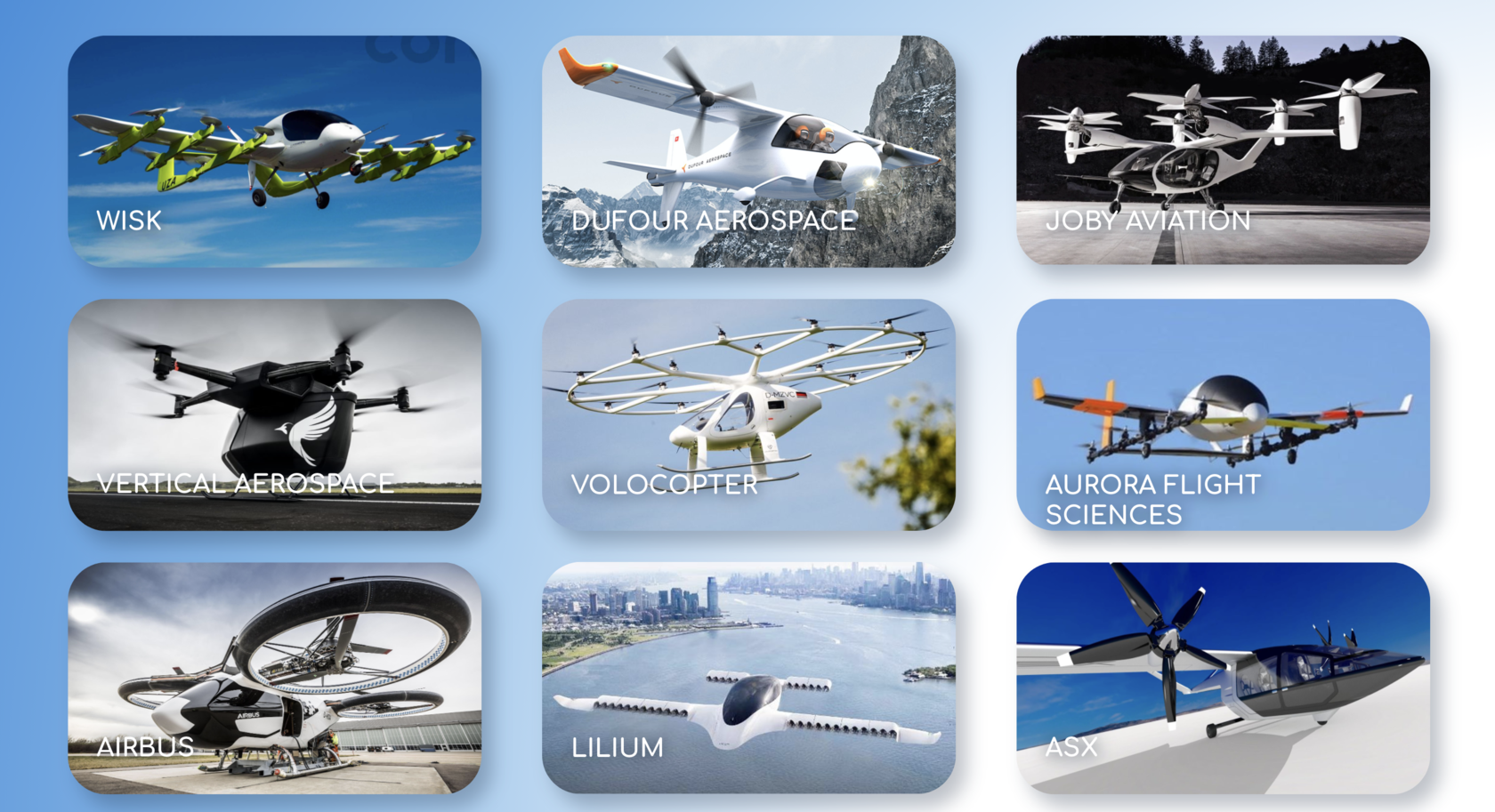These flying cabs already got an industry-wide jargon name: eVTOL. This abbreviation stands for “electrical take-off and landing”. A multi-rotor or multi-winged electrical aircraft that takes off and lands as a helicopter will seat two to six passengers and fly you to the other side of the city.
Only a minor share of them will be bought for personal use. According to the current consensus, the primary business model will be ride-hailing, which provides more viable business operations.
When the industry overcomes all the challenges it is facing (technological, regulatory, public acceptance, air traffic management, physical infrastructure and others), it is expected to become a hundred-billion-dollar market.

‘Piloted first’
The majority of manufacturers plan to launch their aircraft with piloted operations. There are many reasons for this. Technology for fully autonomous flight is simply not ready yet, and certification will also require a lot of additional time. Although there have been some successful demonstrations already, it will take a while to see completely autonomous aircraft, flying and certified.
But the biggest challenge is expected to be public perception. Very few people will be willing to get into an aircraft that has no pilot from day one.
We estimate that the earliest we can expect fully autonomous UAM is 2025.

Piloted and pilotless air taxis: A real business case
Amongst the 250+ manufacturers, it is safe to say that most have no idea what they are doing: they grossly underestimate the constraints of certifying an airframe for operations over built-up areas. But a minority definitely have the credentials to pull off their ambitions. Some are very innovative and are ready to switch to autonomous flying as soon as possible. Others, though, are more conservative. They claim that they will never remove the need for a human pilot in the cockpit and that they are going to remain viable businesses nonetheless.
It is easy to say that now. However, in the financial sense, this industry doesn’t exist yet. Manufacturers have their prototype vehicles and are working on certifications, but the viability can only be assessed after the business becomes a reality. If the need for a pilot can be removed, though, it is much more likely to make the whole case viable:
- Urban air mobility involves a small aircraft that would transport from two to six people, so a pilot takes a significant share of this aircraft’s maximum load.
- If you remove the pilot, it’s not just getting rid of the expense of the pilot’s salary, but also your asset becomes available 24/7. You don’t have to consider shifts or lunch breaks; hence, you can remove the costs. As a result, the viability is immediately much higher.
- One more reason is the shortage of pilots. This industry will require at least 60,000 pilots by 2028 only for urban mobility. And this number is in addition to the 320,000 traditional pilots needed for commercial air transport and general aviation. It may be tricky to find people willing to do the training, knowing that autonomy is coming to urban mobility in a couple of years. As a professional, would you do it? If the cost of obtaining a pilot’s licence remains the same, there is absolutely no point in getting it. So, it either has to be a new kind of faster and cheaper training—or something else provided as an incentive. Surely, nobody wants to find themself in the middle of training—and then autonomy comes and kicks you out of the cockpit.
(See also our previous blog on this topic: "Why do we need autonomy in aerospace?")
Of course, to assess the viability, we have to make multiple assumptions about utilisation, useful lifespan, as well as infrastructure and electricity costs. However, if we remove the costs associated with pilots (i.e. training, remuneration etc.) from the equation, it is more likely to get to profitable UAM operations.
Urban air mobility has the potential to become a multi-billion industry. Still, it helps to count on the technology that will be viable. And autonomy will play a huge role in this.



